What can cause ringing in the ear. Tinnitus: Understanding Causes, Symptoms, and Treatment Options
What are the common causes of tinnitus. How can tinnitus symptoms be managed effectively. What treatment options are available for tinnitus sufferers. When should you see a doctor about ringing in your ears.
What is Tinnitus and How Common is It?
Tinnitus is the perception of sound when no external noise is present. It’s often described as a ringing, buzzing, roaring, clicking, hissing or humming in the ears. Tinnitus is remarkably common, affecting over 50 million Americans at some point in their lives. For some, it may be a temporary annoyance, while for others it can become a chronic and debilitating condition.
The prevalence of tinnitus increases with age, with many people starting to experience symptoms as early as age 40. However, tinnitus can affect people of all ages, especially those exposed to loud noises regularly.
What Are the Main Types of Tinnitus?
There are two main types of tinnitus:
- Subjective tinnitus: This is the most common type, where only the person experiencing it can hear the sound. It’s usually caused by problems in the outer, middle or inner ear, or in the auditory nerves and the part of the brain that interprets nerve signals as sound.
- Objective tinnitus: This rare type can be heard by a doctor during an examination. It’s usually caused by blood vessel problems, muscle contractions, or bone conditions in the middle ear.
A specific subtype worth noting is pulsatile tinnitus, where people hear rhythmic noises that often beat in time with their pulse. This affects nearly five million Americans and can be particularly distressing.
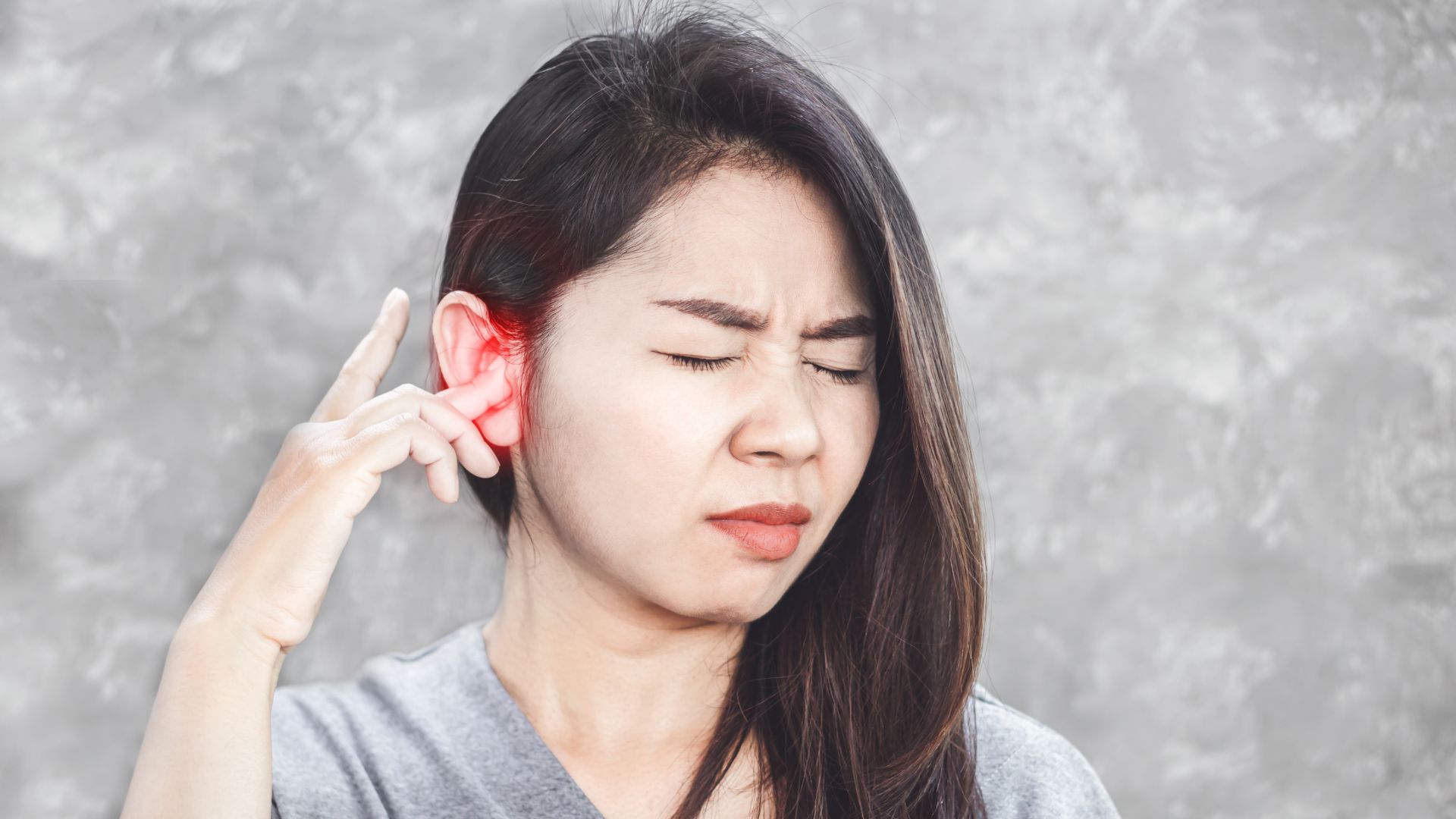
What Are the Primary Causes of Tinnitus?
Tinnitus can be triggered by various factors. Understanding these causes is crucial for proper diagnosis and treatment. Here are some of the most common causes:
1. Noise-Induced Hearing Loss
Prolonged exposure to loud noises is one of the leading causes of tinnitus. This could be due to working in noisy environments like construction sites or in the music industry. The loud noise can damage or destroy hair cells in the cochlea, leading to tinnitus.
2. Age-Related Hearing Loss
As we age, the natural degeneration of hair cells in the cochlea can lead to hearing loss and tinnitus. This type of tinnitus often starts to manifest around age 60 and tends to affect both ears.
3. Head or Neck Injuries
Traumatic brain injury, whiplash, or any other injury affecting the inner ear or the nerves connecting the brain to the ear can cause tinnitus. This could result from incidents like car accidents or explosions.
4. Ear Infections or Blockages
Conditions that affect the middle ear, such as infections, excessive earwax buildup, or even a foreign object in the ear canal, can lead to tinnitus. These causes are often temporary and resolve once the underlying issue is addressed.

5. Cardiovascular Problems
High blood pressure, narrowed arteries, or other blood vessel disorders can amplify the sound of your blood flow, leading to pulsatile tinnitus. This type of tinnitus often sounds like a rhythmic pulsing in the ear, usually in time with your heartbeat.
How Do Medications and Other Health Conditions Affect Tinnitus?
Various medications and health conditions can either cause or exacerbate tinnitus:
Medications
Certain drugs, known as ototoxic medications, can damage the inner ear, leading to tinnitus. These include:
- Aspirin in high doses
- Certain antibiotics
- Some chemotherapy drugs, like cisplatin
- Loop diuretics used for heart failure
- Antidepressants
Health Conditions
Several health conditions can contribute to the development of tinnitus:
- Ménière’s disease, an inner ear disorder that can cause vertigo and hearing loss
- Temporomandibular joint (TMJ) disorders
- Acoustic neuroma, a non-cancerous tumor on the cranial nerve
- Otosclerosis, a condition causing abnormal bone growth in the middle ear
- Hyper- or hypothyroidism
- Diabetes and other conditions affecting blood sugar levels
What Are the Symptoms and Impact of Tinnitus?
The primary symptom of tinnitus is the perception of noise or ringing in the ears. However, the characteristics of this sound can vary widely among individuals:

- The noise may be described as ringing, buzzing, roaring, clicking, hissing, or humming
- It can vary in pitch from a low roar to a high squeal
- You may hear it in one or both ears
- The sound may be constant or it may come and go
- In some cases, the sound may be so loud it interferes with your ability to concentrate or hear external sound
The impact of tinnitus can be significant, affecting various aspects of a person’s life:
- Difficulty concentrating
- Sleep problems
- Anxiety and irritability
- Depression
- Stress
For those with pulsatile tinnitus, the constant rhythmic sound can be particularly distressing. Nearly 60% of patients with pulsatile tinnitus also suffer from depression or anxiety, rates significantly higher than those associated with other chronic conditions.
How is Tinnitus Diagnosed?
Diagnosing tinnitus involves a comprehensive approach:
- Medical History: Your doctor will ask about your symptoms, including when they started, how they sound, and if they’re constant or intermittent.
- Physical Examination: The doctor will examine your ears, head, and neck to look for possible causes of tinnitus.
- Hearing Tests: Audiological exams can help determine if you have hearing loss along with tinnitus.
- Movement Tests: Your doctor might ask you to move your eyes, clench your jaw, or move your neck, arms, and legs. If your tinnitus changes or worsens with these movements, it may help pinpoint an underlying disorder.
- Imaging Tests: CT or MRI scans may be used to check for structural problems in the ear or brain.
For pulsatile tinnitus, additional tests may be necessary to identify the underlying cause. These might include angiography to examine blood vessels or specialized imaging techniques to study blood flow patterns.

What Treatment Options Are Available for Tinnitus?
While there’s no cure for most cases of tinnitus, several treatments can help manage symptoms:
1. Hearing Aids
If tinnitus is associated with hearing loss, hearing aids can amplify external sounds, making internal sounds less noticeable.
2. Sound Therapy
This involves using external noise to alter your perception of or reaction to tinnitus. Devices can generate white noise, pink noise, nature noises, or even music designed to mask the sound of tinnitus.
3. Cognitive Behavioral Therapy (CBT)
CBT can help you learn coping techniques to manage emotional reactions to tinnitus.
4. Tinnitus Retraining Therapy (TRT)
This therapy aims to habituate the auditory system to tinnitus signals, making them less noticeable or bothersome.
5. Medications
While no medication cures tinnitus, some may help reduce the severity of symptoms or complications. These might include antidepressants, anti-anxiety medications, or sleep aids if tinnitus is interfering with sleep.
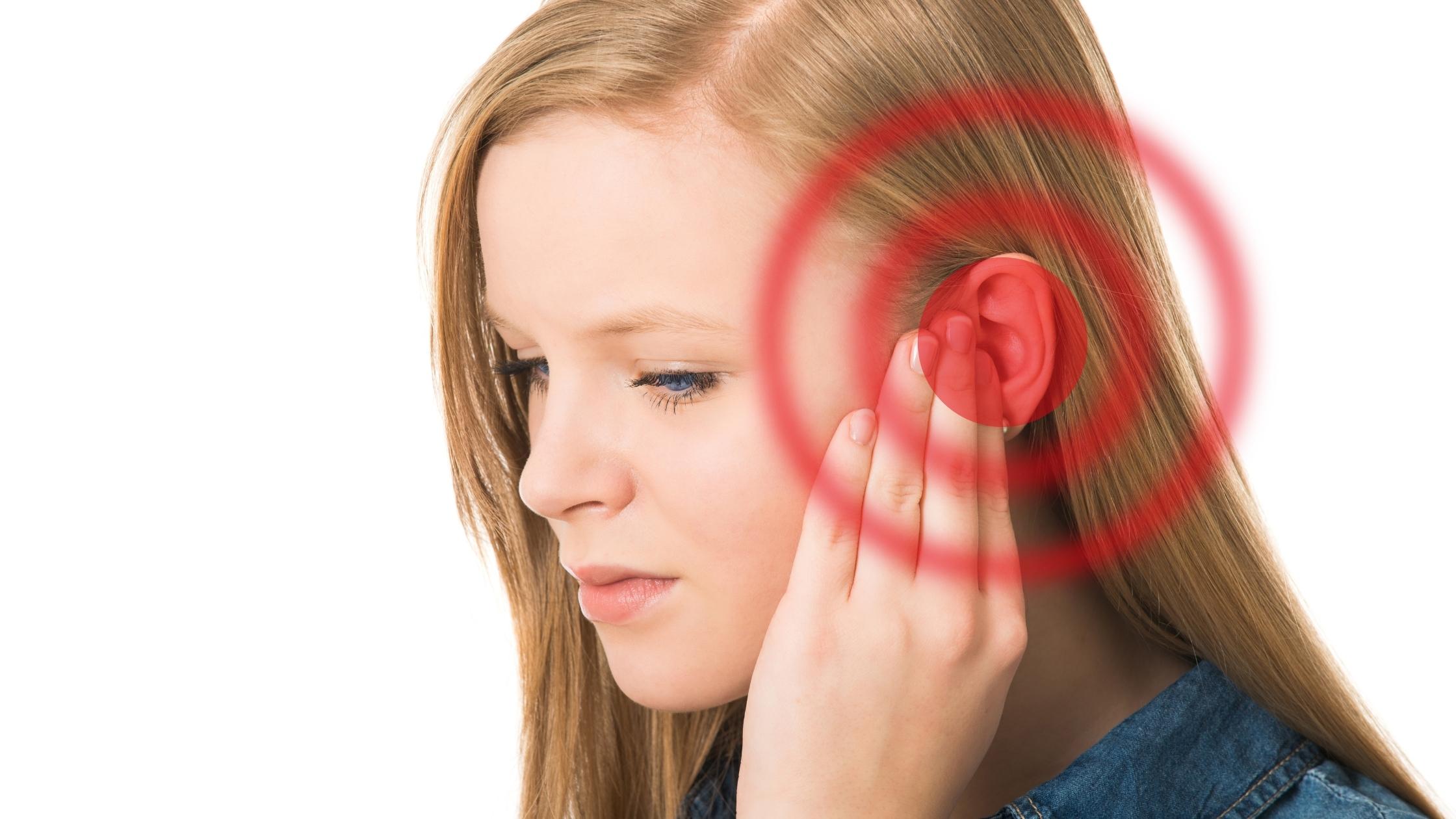
6. Treating Underlying Conditions
If tinnitus is due to an underlying health condition, treating that condition may help alleviate tinnitus symptoms. For instance, removing impacted earwax or treating a vascular condition might resolve tinnitus in some cases.
7. Lifestyle Modifications
Certain lifestyle changes can help manage tinnitus:
- Stress reduction techniques like meditation or yoga
- Avoiding triggers like loud noises, caffeine, or nicotine
- Regular exercise
- Maintaining good sleep hygiene
When Should You See a Doctor About Tinnitus?
While occasional tinnitus is common and often not a cause for concern, you should consult a healthcare professional if:
- Your tinnitus is persistent and lasts more than a week
- The sound is particularly loud or distressing
- Your tinnitus is accompanied by dizziness or balance issues
- You experience sudden hearing loss along with tinnitus
- Your tinnitus is pulsatile (rhythmic pulsing in time with your heartbeat)
- Tinnitus significantly interferes with your daily life, including sleep or concentration
Early intervention can help prevent tinnitus from worsening and improve your quality of life. Remember, while tinnitus itself isn’t typically a sign of a serious health problem, it can sometimes be a symptom of an underlying condition that needs treatment.

In conclusion, tinnitus is a complex condition with various potential causes and manifestations. While it can be distressing, numerous management strategies and treatments are available. By understanding the nature of tinnitus and working closely with healthcare professionals, many people find effective ways to manage their symptoms and improve their quality of life.
9 Causes of Tinnitus | Harley Street ENT Clinic
17
Jun
By The Harley Stre…
Ear, ENT, Clinic, Tinnitus
0 Comments
Tinnitus is a very common issue – more than 50 million people experience some form of it at one time or another. It can range from a temporary annoyance to a problem that just won’t go away. Tinnitus is essentially a perception of sound where there is none and can be heard in many forms, from a low pitched hum, to a noise like chirping or the ‘ringing in the ears’ that many people describe. But what actually causes it?
- An injury to the head or neck. An injury that has affected the brain, inner ear or hearing nerve can result in Tinnitus e.g. a car crash or bomb blast.
- A cold, flu or sinusitis. All these conditions can create pressure on your nasal passages and in the inner ear, which may aggravate the nerves and result in Tinnitus.
- Noise exposure.
 Those people who experience Tinnitus most often tend to be those who are constantly surrounded by loud noise. That could be working on a construction site or in the music industry, for example. Prolonged exposure to loud noise like this can wear out the cells in the ear that cope with higher pitches of sound, resulting in the high pitched ringing that many people described Tinnitus to be.
Those people who experience Tinnitus most often tend to be those who are constantly surrounded by loud noise. That could be working on a construction site or in the music industry, for example. Prolonged exposure to loud noise like this can wear out the cells in the ear that cope with higher pitches of sound, resulting in the high pitched ringing that many people described Tinnitus to be. - An inner ear issue. If you’re also experiencing other symptoms, such as dizziness and vertigo or feeling like your ear is constantly full of water, your Tinnitus may be caused by an inner ear disorder, such as Ménière’s disease.
- Issues with your jaw. Any damage to the muscles, ligaments, or cartilage at the point where the jaw connects to the skull can create issues such as Tinnitus. If this is the cause of your Tinnitus then you’re likely to be referred on to a dentist.
- Earwax. Sometimes the simplest cause of Tinnitus is a build up of earwax.
 This can put pressure on the nerves that run through the ear canal and cause ringing or mean that ears are so blocked that outside sounds only come through as a buzzing noise.
This can put pressure on the nerves that run through the ear canal and cause ringing or mean that ears are so blocked that outside sounds only come through as a buzzing noise. - Taking medication. There are certain drugs that can be responsible for the development of Tinnitus. This usually occurs with ototoxic medications, which have a tendency to upset the balance of the inner ear and damage the hair cells that are responsible for hearing. Some of the medications most likely to do this include cisplatin (a chemotherapy drug) and loop diuretics, which are used by people experiencing heart failure.
- Issues with blood sugar. In order to remain healthy the inner ear needs a steady supply of oxygen and glucose. If you have a condition that affects your blood sugar, such as diabetes, then your body isn’t making enough insulin to transfer glucose to the cells where it is needed and this can result in hearing issues such as Tinnitus.
- Ageing.
 Tinnitus is something that many people start to experience as they get older – often as early as age 40. This may simply be the result of noise exposure over time.
Tinnitus is something that many people start to experience as they get older – often as early as age 40. This may simply be the result of noise exposure over time.
Tinnitus can be distressing – the first step is always to identify the cause of the issue and work back from there.
To learn more about how we can help you, click here.
Share this post
Author
The Harley Stre…
Pulsatile Tinnitus Causes and Treatments
Pulsatile Tinnitus (PT) is a symptom that affects nearly five million Americans. The sensation of hearing a rhythmic noise, such as a heartbeat, swooshing or whooshing, from no external source, is, at best, a little unsettling; for many, the near constant sound exceeds annoyance and becomes completely debilitating. Nearly 60% of patients who experience this issue also suffer from some form of depression or anxiety. These rates are significantly higher than those associated with other chronic conditions due in large part to the difficulty of diagnosing the root cause of symptoms.:max_bytes(150000):strip_icc()/causes-of-vertigo-1298945-color-V13-614e9f9446fe4596bd4180958509cc61.png)
UCSF Pulsatile Tinnitus Clinic
Turbulent Flow in the Venous Outflow Tract of Pulsatile Tinnitus Patients with Sigmoid Sinus Diverticulum
Jugular Vein Flow Patterns in Patients with Pulsatile Tinnitus Using Computational Fluid Dynamics
Prominent Condylar Veins Causing Pulsatile Tinnitus: Dynamic Angiographic Confirmation
Dr. Matthew Amans, Director of Pulsatile Tinnitus Clinic
Common Causes of Pulsatile Tinnitus
Pulsatile Tinnitus can have many different origins, some fairly benign, others potentially life-threatening. Sources can include vascular malformations, abnormal cerebral pressures, and unique blood flow patterns near the ear. The condition can also be caused by the presence of a tumor. Even when the causes of Pulsatile Tinnitus are fairly benign, its effects are sufficiently incapacitating for most patients to seek help.
Why Choose Pulsatile Tinnitus Treatment at UCSF
- Multidisciplinary approach involving specialists from the departments of Radiology, Neurology, and Psychiatry who collaborate to diagnose and treat this condition
- Strong reputation for resolution despite previous misdiagnosis
- Active research of Pulsatile Tinnitus to help future patients and outcomes
- Diagnosis success rate of over 90%
- Read One Patient’s Quest to End Ominous Ringing in Her Ear
Diagnosing Pulsatile Tinnitus
Physicians Referrals
For physicians seeking consultation or referrals, please contact us at (415) 502-3895
Please provide us with the following: PTC Referral Checklist (pdf)
- Referral from your physician
- Medical records including any pertinent notes regarding your symptoms and imaging reports
- Brain/Head/Neck Imaging (CT, MRI/A, PET, etc.
 ), if any, copied to a CD
), if any, copied to a CD - Patient and insurance demographics (address, contact number and front and back copies of insurance cards)
- Insurance authorization for CPT codes: 99205 (evaluation) x2 units
When required, it is your responsibility to work with your referring physician to obtain prior authorization to your appointment. If your insurance does not require prior authorization please send a note with (call reference number, agent name, phone number, and message). If you have Medicare Part B, we do not need prior authorization. - Please mail or fax to:
UCSF Pulsatile Tinnitus Clinic
505 Parnassus Ave. L308
San Francisco, CA 94143
Ph: (415) 502-3895
Fx: (415) 502-4017 - Once all information is received, the referral is carefully reviewed by our team to determine the most appropriate evaluation. Our office will contact patient or family directly within 2-4 weeks for scheduling.

Patients Self-Referrals
Patients can self-refer through the UCSF’s Second Opinion portal (please specify “Dr. Matthew Amans” to review). This is often preferred by those who:
- Seek a second opinion;
- Have not yet scheduled an appointment with a doctor regarding this condition.
Schedule a Virtual Consultation
About the Second Opinion program:
- A review of your case by Dr. Amans, who will communicate his 2nd opinion to you through UCSF’s Second Opinion portal. He will indicate whether he recommends the option to see him in clinic.
How does it work:
- Through the portal, please specify “Dr. Matthew Amans” to review.
- You will be asked for all relevant information for Dr. Amans to assist with your consultation.
- This includes your demographics, a description of your symptoms, and any prior images.
- With this information, Dr. Amans will be able to reach out to you directly to provide a rapid response to your question regarding your condition next steps.
 To access the portal, please visit: UCSF’s Second Opinion portal.
To access the portal, please visit: UCSF’s Second Opinion portal.
Highlights:
Convenience of PT diagnosis up front, without the need of scheduling an in-person meeting
- Determine if you have Pulsitile Tinnitus and what to do about it.
- Direct contact with world-leader in the field of Pulsitile Tinnitus.
- Quick turn around time.
- No need to schedule an in-person appointment for first consultation (diagnosis).
Pulsatile Tinnitus Treatments
Conditions Treated:
- Dural Arteriovenous Fistula (DAVF): Dural arteriovenous fistula is an abnormal connection between arteries and veins in the head. These can be dangerous and often require treatment by a neurointerventional radiologist using minimally-invasive image-guided catheter-based procedures. UCSF has pioneered many of the treatments for this condition.
- Carotid Stenosis: Carotid stenosis is an abnormal narrowing of an artery in the neck that carries blood to the brain.
 This can be dangerous and often requires treatment with medicines or procedures or both to relieve the narrowing. UCSF offers the full range of treatments for this condition, which may include medicines, image-guided procedures, surgical procedures, or a combination of these.
This can be dangerous and often requires treatment with medicines or procedures or both to relieve the narrowing. UCSF offers the full range of treatments for this condition, which may include medicines, image-guided procedures, surgical procedures, or a combination of these. - Idiopathic Intracranial Hypertension (IIH): Idiopathic intracranial hypertension results in high pressures in the fluid (CSF) surrounding the brain, which causes headaches and high pressure in the eyes. This is usually first treated with weight loss and medicines. However, some patients need to be treated with procedures, such as stenting to improve blood flow out of the head, or other procedures to remove fluid from the head or cause weight loss.
- Brain Aneurysm: A brain aneurysm is a bubble or bubble-like weakening in a blood vessel (artery) of the brain. Aneurysms can cause pulsatile tinnitus because of abnormal blood flow; they also have the potential to leak or rupture, causing bleeding into the brain or its surrounding space (a type of stroke).
 UCSF offers the full range of treatments for this condition, which includes monitoring with MRI, image-guided interventions, and surgery. UCSF helps more than 300 patients with brain aneurysms each year, and is actively involved in research into the causes, prevention, and treatment of these diseases.
UCSF offers the full range of treatments for this condition, which includes monitoring with MRI, image-guided interventions, and surgery. UCSF helps more than 300 patients with brain aneurysms each year, and is actively involved in research into the causes, prevention, and treatment of these diseases. - Venous Sinus Stenosis: Venous sinus stenosis is an abnormal narrowing of a vein in the head carrying blood away from the brain. Sometimes these require treatment by a neurointerventional radiologist to treat the abnormal blood flow.
- Sigmoid Diverticulum: Sigmoid diverticulum is an abnormal outpouching of a vein in the head carrying blood away from the brain. Sometimes these require treatment by a neurointerventional radiologist to treat the abnormal blood flow.
- High Riding Jugular Bulb: High riding jugular bulb refers to a vein that is abnormally close to the hearing organ. Sometimes this can cause pulsatile tinnitus.

Pulsatile Tinnitus FAQs
How serious is pulsatile tinnitus?
Pulsatile tinnitus is a common symptom that impacts between 3-5 million americans. While the potential underlying diseases are many, only some cary significant risks of intracranial hemorrhage, stroke, or blindness. Therefore, evaluation by a specialists with high levels of experience is recommended. In addition, many patients suffer from their pulsatile tinnitus, and in our experience there I usually an underlying structural cause that may be possible to correct and alleviate symptoms.
How does pulsatile tinnitus differs from regular tinnitus?
Pulsatile tinnitus is a rhythmic sound typically in sync with the heartbeat. It is usually described as a whooshing type of noise (fetal heart beat, crescendo-decrescendo quality). Continuous tone tinnitus is quite separate and not usually vascular.
What is the most common cause of pulsatile tinnitus?
Venous sinus stenosis/IIH is the most common cause of pulsatile tinnitus. Dural arteriovenous fistula is the most potentially dangerous cause of pulsatile tinnitus. Our team are experts in the diagnosis and treatments of all causes of pulsatile tinnitus.
Dural arteriovenous fistula is the most potentially dangerous cause of pulsatile tinnitus. Our team are experts in the diagnosis and treatments of all causes of pulsatile tinnitus.
Should I see a doctor for pulsatile tinnitus?
Yes. Unfortunately not all physicians are experienced in pulsatile tinnitus, and referral to a high volume institution such as ours may be needed.
When should I worry about Pulsatile Tinnitus?
Pulsatile tinnitus can be a symptom of a dangerous problem with the blood vessels in the head, but not always. Sometimes, pulsatile tinnitus can signal a more serious impending health problem, like a stroke or blindness. Therefore, pulsatile tinnitus should prompt you to see a doctor to further assist you. Pulsatile tinnitus can also significantly impact your mood, and sometimes needs to be treated for this.
Is Pulsatile Tinnitus an emergency?
That depends on what is causing the pulsatile tinnitus. Some causes need to be treated urgently, but most do not. Understanding what is causing the pulsatile tinnitus is key to determining the best course of action.
Understanding what is causing the pulsatile tinnitus is key to determining the best course of action.
What happens if Pulsatile Tinnitus Is untreated?
That depends on what is causing the pulsatile tinnitus. If the pulsatile tinnitus is caused by a dangerous problem with the blood vessels in the head or neck, and it is untreated, blindness or stroke (causing problems with walking, talking, or death) can result. A doctor should help you determine whether your pulsatile tinnitus is dangerous or not, and then you can decide whether to leave it untreated or not.
Billing & Insurance
After a procedure is scheduled, UCSF Interventional Neuroradiology will help patients and referring practices with pre-service insurance authorization or pre-service coverage determination when the patient is referred by a UCSF provider.
Pulsatile Tinnitus Clinic News
Pulsatile Tinnitus: One Patient’s Quest to End Ominous Ringing in Her Ear
It started in her right ear, a persistent whooshing sound that interfered with sleep and increasingly distracted her from daily activities.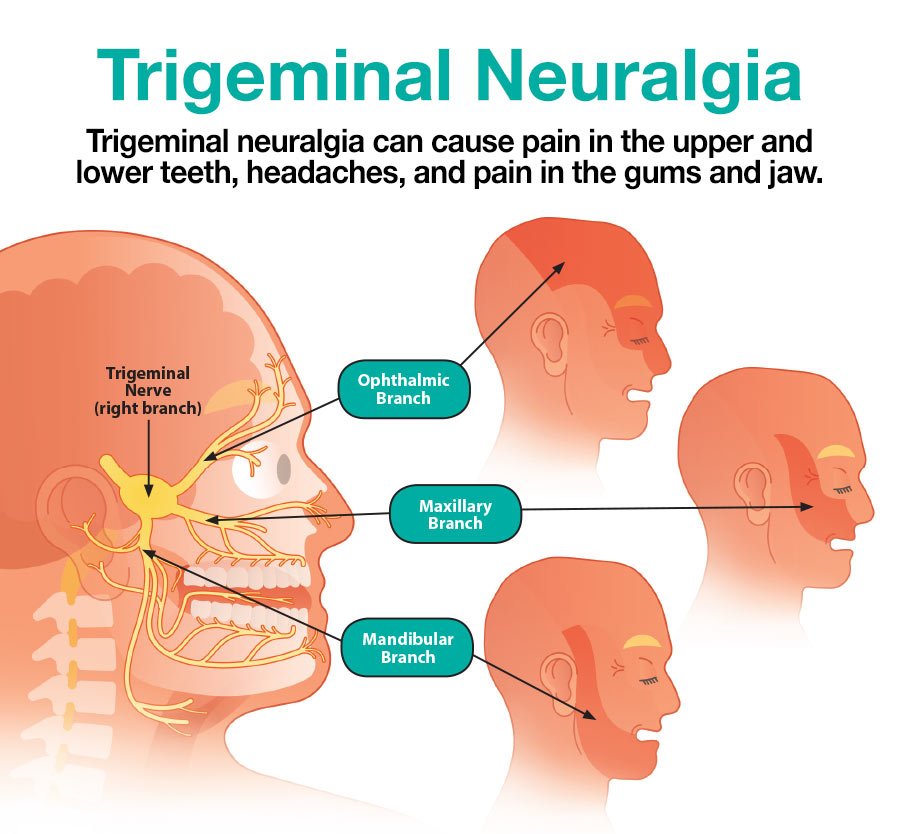
Read more about this pulsatile tinnitus case study.
Society of Neurointerventional Surgery in Boston
July 25-28, 2016
Presentations of four abstracts on pulsatile tinnitus.
Prominent Condylar Veins Causing Pulsatile Tinnitus: Dynamic Angiographic Confirmation
Turbulent Flow in the Venous Outflow Tract of Pulsatile Tinnitus Patients with Sigmoid Sinus Diverticulum
Venous Blood Flow Visualization in Sigmoid Sinus Diverticulum Using MRI
Jugular Vein Flow Patterns in Patients with Pulsatile Tinnitus Using Computational Fluid Dynamics
Quantitative Imaging In Medicine and Surgery
September 3, 2015
Abstract
It has not been previously possible to investigate the link between the presentation of flow related symptoms, such as pulsatile tinnitus, and flow patterns (1). In recent years, magnetic resonance imaging (MRI) has able to determine the full velocity field in 3-dimensional (3D) space through the cardiac cycle.:max_bytes(150000):strip_icc()/how-to-prevent-and-treat-excessive-pediatric-earwax-2633507_final-9b22be3ba55f4d1c9e9d8923aabce13a.png) We used MR flow imaging in vivo and in vitro with a patient-specific flow model to study the flow patterns in the dominant right sigmoid sinus and jugular vein of a patient who presented with right-sided subjective pulsatile tinnitus which cannot be heard by an examiner auscultating the head.
We used MR flow imaging in vivo and in vitro with a patient-specific flow model to study the flow patterns in the dominant right sigmoid sinus and jugular vein of a patient who presented with right-sided subjective pulsatile tinnitus which cannot be heard by an examiner auscultating the head.
ASHNR 2015
April 13, 2015
This research was to develop a guideline to assist physicians to obtain the most helpful imaging workup for pulsatile tinnitus evaluation.
Pulsatile Tinnitus Research
Acevedo-Bolton G, Amans MR, Kefayati S, Halbach V, Saloner D. Quant Imaging Med Surg 2015;5(4):635-637. doi: 10.3978/j.issn.2223-4292.2015.04.09 was featured on the cover of the journal.
Abstract
It has not been previously possible to investigate the link between the presentation of flow related symptoms, such as pulsatile tinnitus, and flow patterns (1). In recent years, magnetic resonance imaging (MRI) has able to determine the full velocity field in 3-dimensional (3D) space through the cardiac cycle. We used MR flow imaging in vivo and in vitro with a patient-specific flow model to study the flow patterns in the dominant right sigmoid sinus and jugular vein of a patient who presented with right-sided subjective pulsatile tinnitus which cannot be heard by an examiner auscultating the head.
We used MR flow imaging in vivo and in vitro with a patient-specific flow model to study the flow patterns in the dominant right sigmoid sinus and jugular vein of a patient who presented with right-sided subjective pulsatile tinnitus which cannot be heard by an examiner auscultating the head.
Publications
Hasan DM*, Amans M*, Tihan T, Hess C, Guo Y, Cha S, Su H, Martin AJ, Lawton MT, Neuwelt EA, Saloner DA, Young WL. Ferumoxytol-enhanced MRI to Image Inflammation within Human Brain Arteriovenous Malformations: A Pilot Investigation. Transl Stroke Res. 2012 Jul; 3(Suppl 1):166-73. PMID: 23002401. * Shared first authorship
Amans MR. Acute Methotrexate Toxicity: Case of the Week. American Journal of Neuroradiology. Published online 12/10/2012.
Amans MR, Phillips CD. Hepatoblastoma metastatic to brain mimicking intracranial hemorrhage case report and review of the literature. Radiology Case Reports. 7(2) 2012.
Amans MR, Stout C, Fox C, Narvid J, Hetts SW, Cooke DL, Higashida RT, Dowd CF, McSwain H, Halbach VV.
 Cerebral arteriopathy associated with Arg179His ACTA2 mutation. BMJ Case Rep. 2013; 2013. PMID: 24293535. (BMJ publisher chose to publish article in both J Neurointerv Surg and BMJ Case Rep)
Cerebral arteriopathy associated with Arg179His ACTA2 mutation. BMJ Case Rep. 2013; 2013. PMID: 24293535. (BMJ publisher chose to publish article in both J Neurointerv Surg and BMJ Case Rep)Von Fischer ND*, Amans MR. Dissecting aneurysm of the left PICA: Case of the Week. American Journal of Neuroradiology. Published online 2/2013.
Kansagra AP, Cooke DL, English JD, Sincic RM, Amans MR, Dowd CF, Halbach VV, Higashida RT, Hetts SW. Current trends in endovascular management of traumatic cerebrovascular injury. J Neurointerv Surg. 2014 Jan 1; 6(1):47-50. PMID: 23322749
Amans MR, Stout C, Dowd CF, Higashida RT, Hetts SW, Cooke CL, Narvid J, Halbach VV. . Resolution of pulsatile tinnitus after coil embolization of sigmoid sinus diverticulum. Austin J Cerebrovasc Dis & Stroke. 2014; 2(1):1010.
Chow ML, Cooke DL, Fullerton HJ, Amans MR, Narvid J, Dowd CF, Higashida RT, Halbach VV, Hetts SW. Radiological and clinical features of vein of Galen malformations.
 J Neurointerv Surg. 2014 Apr 30. PMID: 24789593.
J Neurointerv Surg. 2014 Apr 30. PMID: 24789593.Alexander M, Cooke D, Meyers P, Amans M, Narvid J, Dowd C, Halbach V, Higashida R, Hetts S. O-012 demographic and lesion characteristics outperform degree of stenosis in predicting outcomes following stenting for symptomatic intracranial atherosclerosis. J Neurointerv Surg. 2014 Jul; 6 Suppl 1:A7. PMID: 25064986.
Amans MR, Stout C, Fox C, Narvid J, Hetts SW, Cooke DL, Higashida RT, Dowd CF, McSwain H, Halbach VV. Cerebral arteriopathy associated with Arg179His ACTA2 mutation. J Neurointerv Surg. 2014 Nov; 6(9):e46. PMID: 24353327.
Amans MR, Cooke DL, Vella M, Dowd CF, Halbach VV, Higashida RT, Hetts SW. Contrast Staining on CT after DSA in Ischemic Stroke Patients Progresses to Infarction and Rarely Hemorrhages. Interv Neuroradiol. 2014 Feb; 20(1):106-15. PMID: 24556308. PMCID: PMC3971133
Hetts SW, Cooke DL, Nelson J, Gupta N, Fullerton H, Amans MR, Narvid JA, Moftakhar P, McSwain H, Dowd CF, Higashida RT, Halbach VV, Lawton MT, Kim H.
 Influence of patient age on angioarchitecture of brain arteriovenous malformations. AJNR Am J Neuroradiol. 2014 Jul; 35(7):1376-80. PMID: 24627452
Influence of patient age on angioarchitecture of brain arteriovenous malformations. AJNR Am J Neuroradiol. 2014 Jul; 35(7):1376-80. PMID: 24627452Hetts SW, Tsai T, Cooke D, Amans M, Narvid J, Dowd C, Higashida R, Halbach V. E-021 de novo, progressive, multiple, and recurrent intracranial dural arteriovenous fistulas: characteristics and outcomes. J Neurointerv Surg. 2014 Jul; 6 Suppl 1:A47. PMID: 25064936.
Amans MR, Narvid J, Halbach VV. Intra-arterial chemotherapy for bilateral retinoblastoma via left ophthalmic artery and right anterior deep temporal artery. BMJ Case Rep. 2014; 2014. PMID: 25240013. PMCID: PMC4170497
Amans MR, Aysenne A, Halbach VV. ICA “T” lesion: Clinical correlation. American Journal of Neuroradiology. Published online 7/2014.
Moftakhar P, Cooke DL, Fullerton HJ, Ko NU, Amans MR, Narvid JA, Dowd CF, Higashida RT, Halbach VV, Hetts SW. Extent of collateralization predicting symptomatic cerebral vasospasm among pediatric patients: correlations among angiography, transcranial Doppler ultrasonography, and clinical findings.
 J Neurosurg Pediatr. 2015 Mar; 15(3):282-90. PMID: 25555113.
J Neurosurg Pediatr. 2015 Mar; 15(3):282-90. PMID: 25555113.Hetts SW, Tsai T, Cooke DL, Amans MR, Settecase F, Moftakhar P, Dowd CF, Higashida RT, Lawton MT, Halbach VV. Progressive versus Nonprogressive Intracranial Dural Arteriovenous Fistulas: Characteristics and Outcomes. AJNR Am J Neuroradiol. 2015 Jul 23. PMID: 26206813.
Alexander MD, Rebhun JM, Hetts SW, Kim AS, Nelson J, Kim H, Amans MR, Settecase F, Dowd CF, Halbach VV, Higashida RT, Cooke DL. Lesion location, stability, and pretreatment management: factors affecting outcomes of endovascular treatment for vertebrobasilar atherosclerosis. J Neurointerv Surg. 2015 Mar. PubMed PMID: 25795438. ENG.
Chow ML, Cooke DL, Fullerton HJ, Amans MR, Narvid J, Dowd CF, Higashida RT, Halbach VV, Hetts SW. Vein of Galen Malformations: long-term functional outcome of 6 cases. J Pediatric Neuroradiology (in press).
Narvid J, Amans MR, Cooke DL, Hetts SW, Dillon WP, Higashida RT, Dowd CF, Halbach VV.
 Spontaneous Retroclival Hematoma: A Case Series. J Neurosurgery (in press).
Spontaneous Retroclival Hematoma: A Case Series. J Neurosurgery (in press).Acevedo-Bolton G, Amans MR, Kefayati S, Halbach V, Saloner D. Four dimensional magnetic resonance velocimetry for complex flow in the jugular vein. Quant Imaging Med Surg. 2015 Aug; 5(4):635-7. PMID: 26435930. PMCID: PMC4559987.
Amans MR, Meisel K, Glastonbury C. Dural arteriovenous fistula: Clinical correlation. American Journal of Neuroradiology. Published online 12/2015.
Alexander MD, Cooke DL, Meyers PM, Amans MR, Dowd CF, Halbach VV, Higashida RT, Hetts SW. Lesion stability characteristics outperform degree of stenosis in predicting outcomes following stenting for symptomatic intracranial atherosclerosis. J Neurointerv Surg. 2016 Jan; 8(1):19-23. PMID: 25416828.
Multidisciplinary Team
Matthew Amans, MD
Director, Pulsatile Tinnitus Clinic
Associate Professor of Radiology
Neurointerventional Radiology
Christine Glastonbury, MD
Professor
Vice Chair, Academic Affairs Radiology
Mentorship Director, ENT Radiology
Wade Smith, MD
Professor
Neurology
David Saloner, PhD
Professor
MSBI Program Director
Charles Limb, MD
Professor, OHNS
Kazim Narsinh, MD
Assistant Professor of Radiology
Neurointerventional Radiology
Allison Lamboy, NP, MSN
Nurse Practitioner
The main causes and treatment of tinnitus
According to statistics, every ninth out of ten people periodically experience some kind of sound in their ears.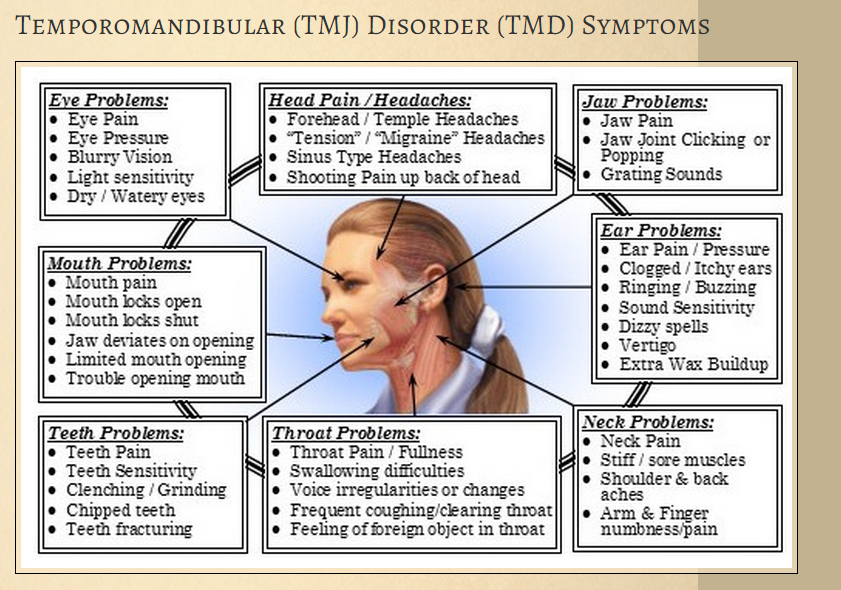 And in complete silence. As a rule, they pass quickly and are forgotten about. Experts explain such phenomena by the physiological characteristics of the hearing aid – the movement of blood through the vessels in the inner ear. And they are advised to ignore them. Another thing is when noise in the ears and head that appears without an extraneous irritant persistently “haunts” you for a long time. This is already an alarm signal, so we recommend that you seek help from a specialist.
And in complete silence. As a rule, they pass quickly and are forgotten about. Experts explain such phenomena by the physiological characteristics of the hearing aid – the movement of blood through the vessels in the inner ear. And they are advised to ignore them. Another thing is when noise in the ears and head that appears without an extraneous irritant persistently “haunts” you for a long time. This is already an alarm signal, so we recommend that you seek help from a specialist.
What is tinnitus like
In each case, a person may experience different sensations. For some it is a hum or whistle, for others it is ringing, buzzing, wheezing or hissing. Such manifestations even have a special medical term – “tinnitus”, which in Greek means tinnitus. It can be loud, quiet, accompanied by hearing loss.
The monotonous sounds that a person constantly hears bring discomfort to his life. This can lead to insomnia, fatigue, reduced concentration, anxiety and fear. Even disorders of the nervous system are possible. Alarming symptoms indicate that you have problems that only a doctor can handle.
Alarming symptoms indicate that you have problems that only a doctor can handle.
Causes of tinnitus
Why does a person hear “intrusive” sounds? According to studies, their origin depends, for example, on the individual characteristics of the organism or concomitant diseases. There is another reason: sounds occur when one of the ear sections is inflamed. Consider the main cases of the appearance of tinnitus.
- Blockage of ear canal
- Diseases of the outer, middle and inner ear
- General diseases
- Lifestyle and body condition
It is considered the most common cause: due to the ingress of water into the ear, foreign objects or the formation of cerumen plug, the ear canal is partially closed. As a result, you are hard of hearing, you feel a dull noise and an increased sound of your own voice.
As a rule, this is the result of complications of influenza and SARS, the appearance of a tumor or cyst. The cause of inflammatory processes can be injuries to the eardrum, neck and head.
Monotonous sounds appear in diabetes mellitus, diseases of the thyroid gland and the cardiovascular system (the so-called venous noise).
Often, tinnitus appears in people of different ages as a result of stress, heavy physical exertion, after visiting discos and concerts where loud music is played. Hearing discomfort occurs when poisoning or as a side effect after taking certain medications. In older people, auditory changes occur due to age.
Diagnosis
To get rid of tinnitus, we recommend visiting an otolaryngologist. The doctor will listen to your complaints, conduct a thorough examination, check your hearing and, if necessary, send you for a digital study. If this is not enough to make an accurate diagnosis, then an additional examination by another specialist is prescribed.
Treatment for tinnitus
It is important to understand that ringing or noise in the ears is a symptom of an illness that needs to be treated.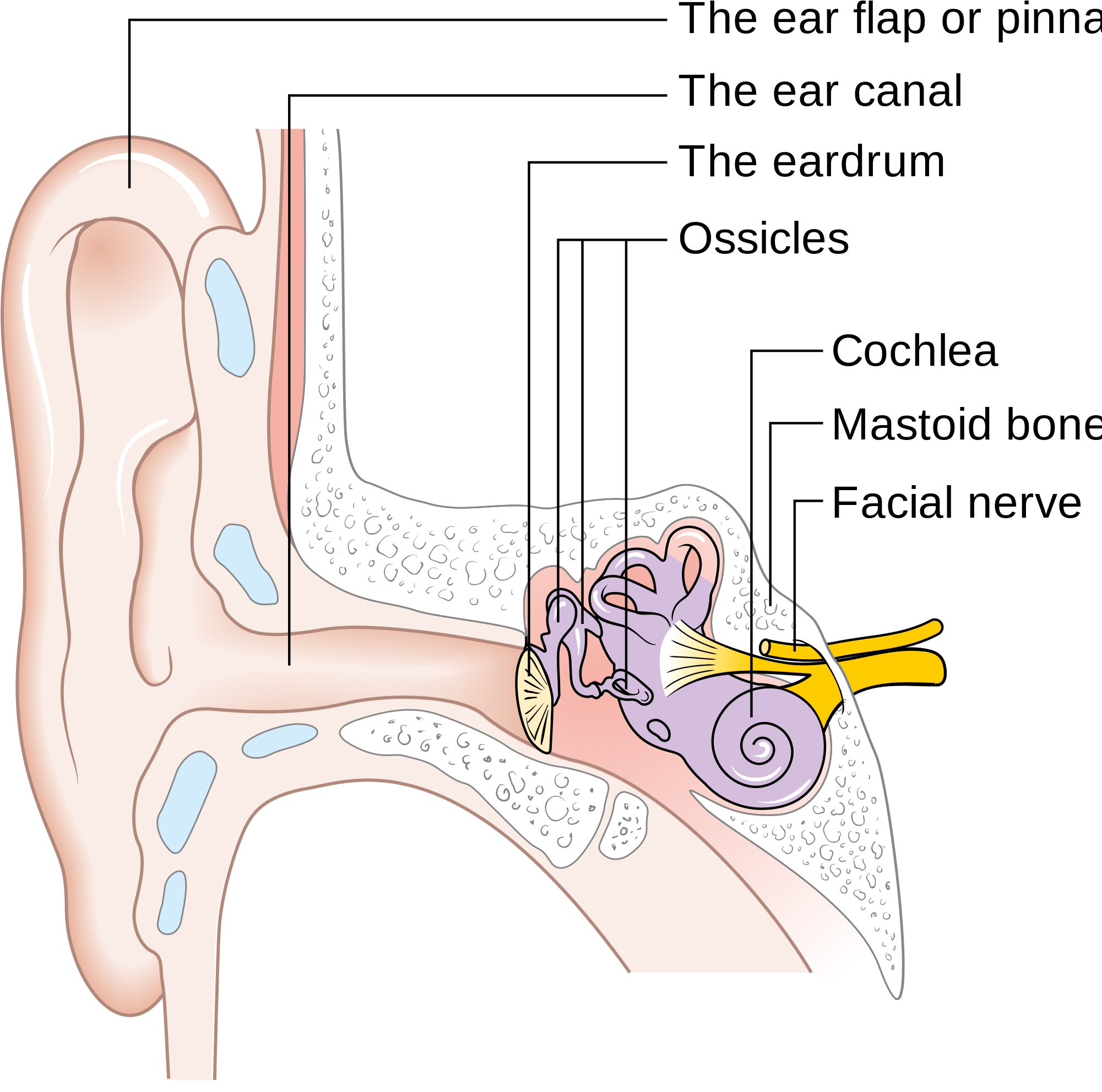 A comprehensive examination makes it possible to find out the cause of the disease and do everything to eliminate it.
A comprehensive examination makes it possible to find out the cause of the disease and do everything to eliminate it.
If sulfur plug is the cause, remove it by flushing with water pressure. To combat inflammation inside the ear, the doctor prescribes antimicrobials. If necessary, drugs are used to improve blood circulation in the vessels of the brain, as well as against convulsions and spasms. In the case of psycho-emotional disorders, sedative therapy is used.
When the doctor sees that it is possible to do without medicines, an anti-stress course is prescribed, which includes physiotherapy, massage, swimming, yoga. This is a great “medicine” to relax and cheer up.
You can reduce your risk of tinnitus by listening to our advice. Take good care of your ear canal. To protect yourself from hypothermia, dress according to the weather, do not neglect a hat. Protect your ears from loud music.
Take care of your health. If symptoms such as noise, whistling, ringing in the ears appear, do not wait until they pass by themselves.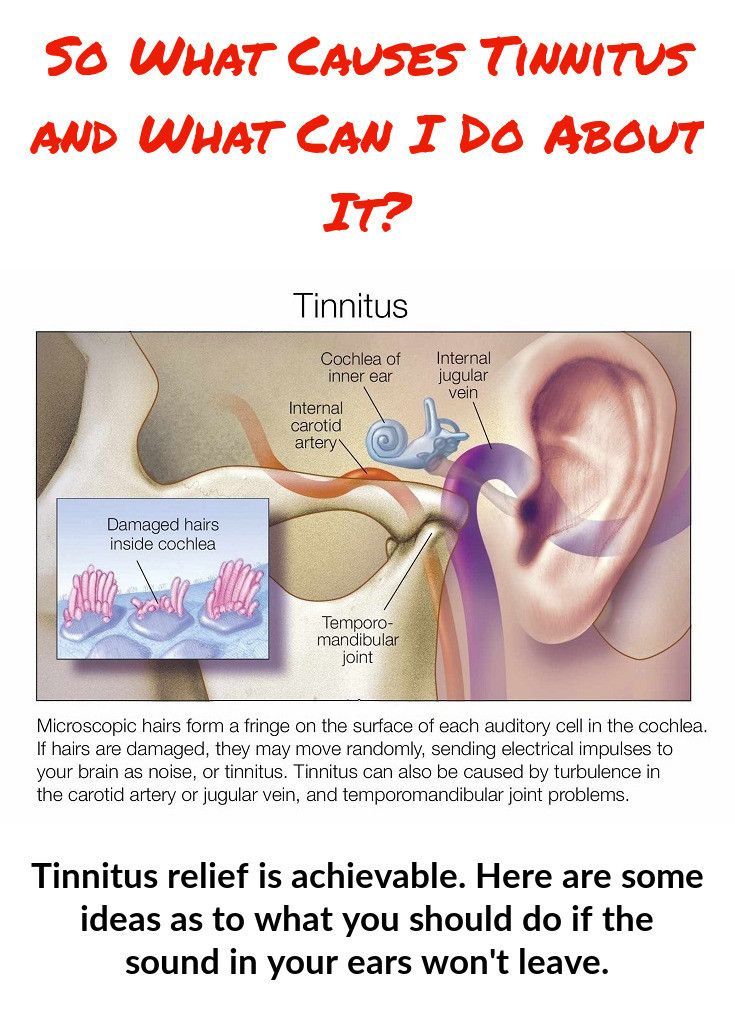 Make an appointment with an otolaryngologist. The doctor will identify the cause, relieve you of discomfort and preserve your hearing.
Make an appointment with an otolaryngologist. The doctor will identify the cause, relieve you of discomfort and preserve your hearing.
Make an appointment
Where is it more convenient for you to come?
Kashirskoye shosse, 83
1st Kommunisticheskaya, 31b
Consent to the processing of personal data
Back to section
Tinnitus: causes and treatment
Tinnitus is a subjective sensation that can be described as hissing, humming, ringing, squeaking, buzzing, buzzing, sometimes as a rumbling noise or grinding.
In most cases, tinnitus accompanies hearing loss. Usually, an auditory nerve lesion appears suddenly or develops over a short period of time. Noise in the ears is an absolute sign of the pathology of one of the parts of the ear. The spectrum of diseases that cause these symptoms is very wide. In some cases, tinnitus is a sign of vascular disease of the head and neck.
Causes of tinnitus
Pathological noise can occur in the presence of one or other abnormalities, it can be both objective and subjective.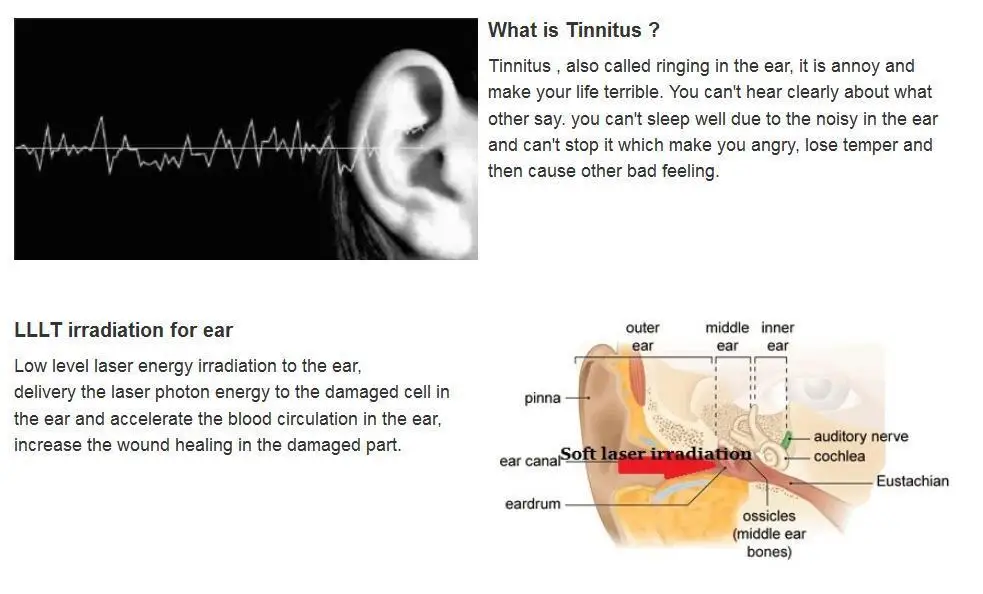
Objective pathological noise differs from subjective one in that it is heard not only by the patient himself, but also by the doctor when using a phonendoscope. The phenomenon of objective noise can be observed quite rarely. It can be caused by contractions of the muscles of the pharynx or the Eustachian tube, changes in pressure in the tympanic cavity, pathology of the temporomandibular joint, changes in blood flow in the vessels (for example, when they narrow or pathologically expand).
Subjective pathological murmur audible only to the patient. In this case, noise is a sign of the pathology of the inner or middle ear, but it can occur with diseases of other organs and systems. This can be observed, for example, with osteochondrosis of the cervical spine, atherosclerosis of cerebral vessels, lowering pressure, hypertension, tumors and inflammatory diseases of the brain, etc. Most often, tinnitus occurs with Meniere’s disease, neuritis of the auditory nerve, otosclerosis, some forms otitis. According to the mechanism of occurrence, pathological tinnitus is associated with impaired sound conduction and irritation of nerve cells in the auditory analyzer.
According to the mechanism of occurrence, pathological tinnitus is associated with impaired sound conduction and irritation of nerve cells in the auditory analyzer.
Associated symptoms
Symptoms accompanying tinnitus may include the following:
- headache
- pain inside the ear or feeling of pressure
- dizziness
- nausea, vomiting
- redness and swelling of the ears or skin around them
- Discharge from one or both ears
- fever
- malaise or lethargy.
Diagnosis
In order to pinpoint the cause of the noise, an audiometric diagnosis is carried out. Such a study is carried out with the help of electronic equipment of the frequency spectrum and noise intensity. Violation of the sound-conducting system is characterized by the appearance of low-pitched noise. When noise of the high-frequency spectrum appears, which is expressed by ringing, whistling, we can talk about the defeat of the sound-receiving apparatus, i.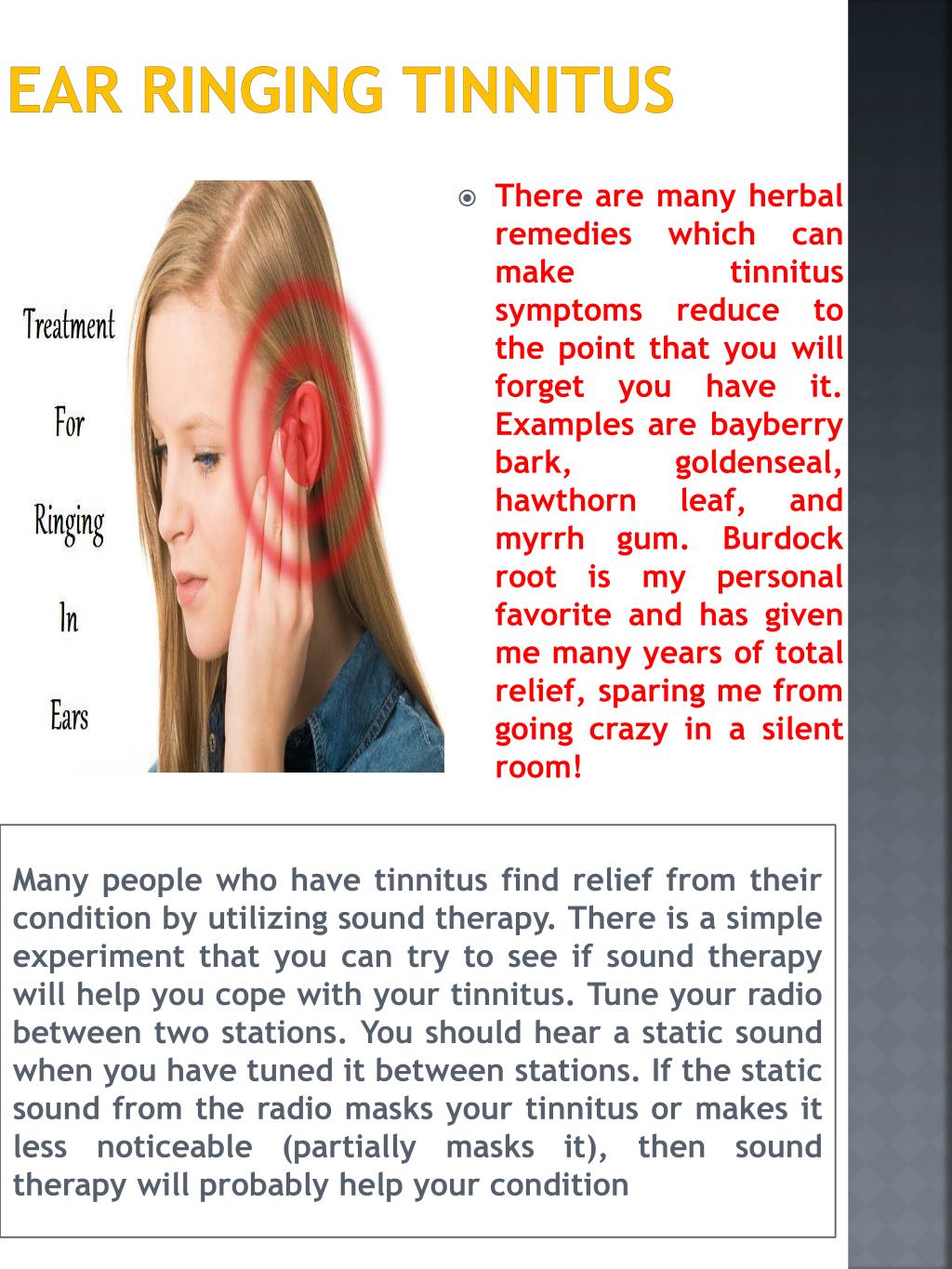 e. in the event of sensorineural hearing loss.
e. in the event of sensorineural hearing loss.
If you experience tinnitus for the first time or if it changes its character, you should immediately consult a doctor. If tinnitus occurs during treatment with certain antibiotics that have an ototoxic effect, or in people whose work is associated with noise and vibration, such a symptom may be a harbinger of the onset of acoustic neuritis. Often, a unilateral murmur is the first sign of a vestibulocochlear neuroma. In Meniere’s disease, an increase in noise, an increase in its tone, may be a harbinger of the onset of acute vestibular dysfunction.
Treatment of tinnitus
Since tinnitus is not a disease, but only a symptom of a disease, treatment can be prescribed according to the results of a medical examination. In some cases, short-term use of over-the-counter anti-inflammatory drugs will be sufficient, and in more complex cases, complex surgery may be required. Along with drugs for the treatment of tinnitus, methods such as reflexology, magnetotherapy, and electrical stimulation are widely used. The effectiveness of treatment largely depends on the timing of the patient’s request for medical care. When treated at an early stage of the development of the disease, in most cases, to achieve a positive effect, it is enough to conduct a course of acupuncture in combination with other reflex methods of treatment.
The effectiveness of treatment largely depends on the timing of the patient’s request for medical care. When treated at an early stage of the development of the disease, in most cases, to achieve a positive effect, it is enough to conduct a course of acupuncture in combination with other reflex methods of treatment.
Possible complications
If tinnitus occurs frequently, the patient’s quality of life can be significantly reduced if left untreated. Tinnitus interferes with normal sleep, distracts from work, causes anxiety and stress, and in extreme cases can cause depression. Given that tinnitus can be a sign of potentially life-threatening conditions, the appearance of this symptom should signal the need for an examination. Otherwise, the patient may miss the opportunity to start timely treatment of serious diseases, such as cancer. In addition, in the absence of adequate treatment, brain damage, partial or complete hearing loss, spread of infection (if the noise is caused by infection) can occur.

 Those people who experience Tinnitus most often tend to be those who are constantly surrounded by loud noise. That could be working on a construction site or in the music industry, for example. Prolonged exposure to loud noise like this can wear out the cells in the ear that cope with higher pitches of sound, resulting in the high pitched ringing that many people described Tinnitus to be.
Those people who experience Tinnitus most often tend to be those who are constantly surrounded by loud noise. That could be working on a construction site or in the music industry, for example. Prolonged exposure to loud noise like this can wear out the cells in the ear that cope with higher pitches of sound, resulting in the high pitched ringing that many people described Tinnitus to be.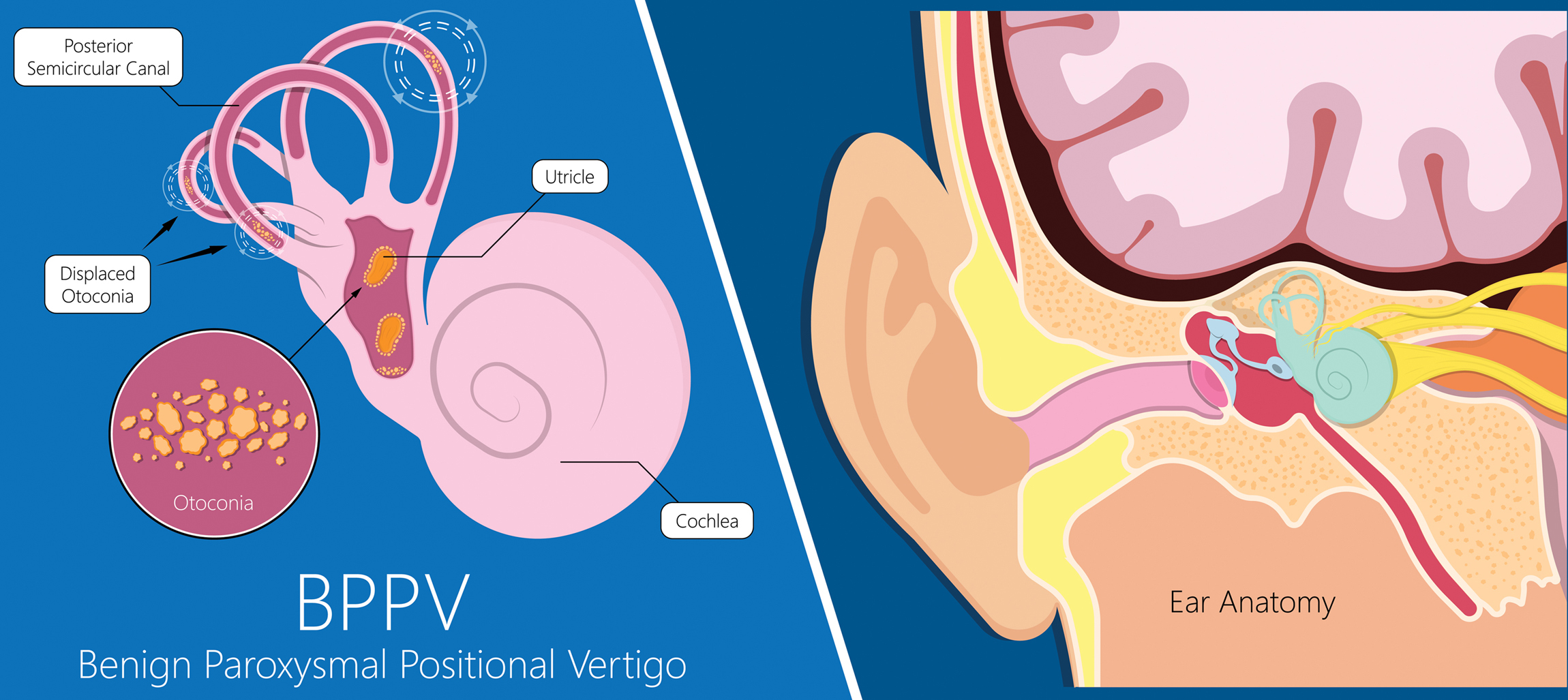 This can put pressure on the nerves that run through the ear canal and cause ringing or mean that ears are so blocked that outside sounds only come through as a buzzing noise.
This can put pressure on the nerves that run through the ear canal and cause ringing or mean that ears are so blocked that outside sounds only come through as a buzzing noise. Tinnitus is something that many people start to experience as they get older – often as early as age 40. This may simply be the result of noise exposure over time.
Tinnitus is something that many people start to experience as they get older – often as early as age 40. This may simply be the result of noise exposure over time. ), if any, copied to a CD
), if any, copied to a CD
 To access the portal, please visit: UCSF’s Second Opinion portal.
To access the portal, please visit: UCSF’s Second Opinion portal. This can be dangerous and often requires treatment with medicines or procedures or both to relieve the narrowing. UCSF offers the full range of treatments for this condition, which may include medicines, image-guided procedures, surgical procedures, or a combination of these.
This can be dangerous and often requires treatment with medicines or procedures or both to relieve the narrowing. UCSF offers the full range of treatments for this condition, which may include medicines, image-guided procedures, surgical procedures, or a combination of these.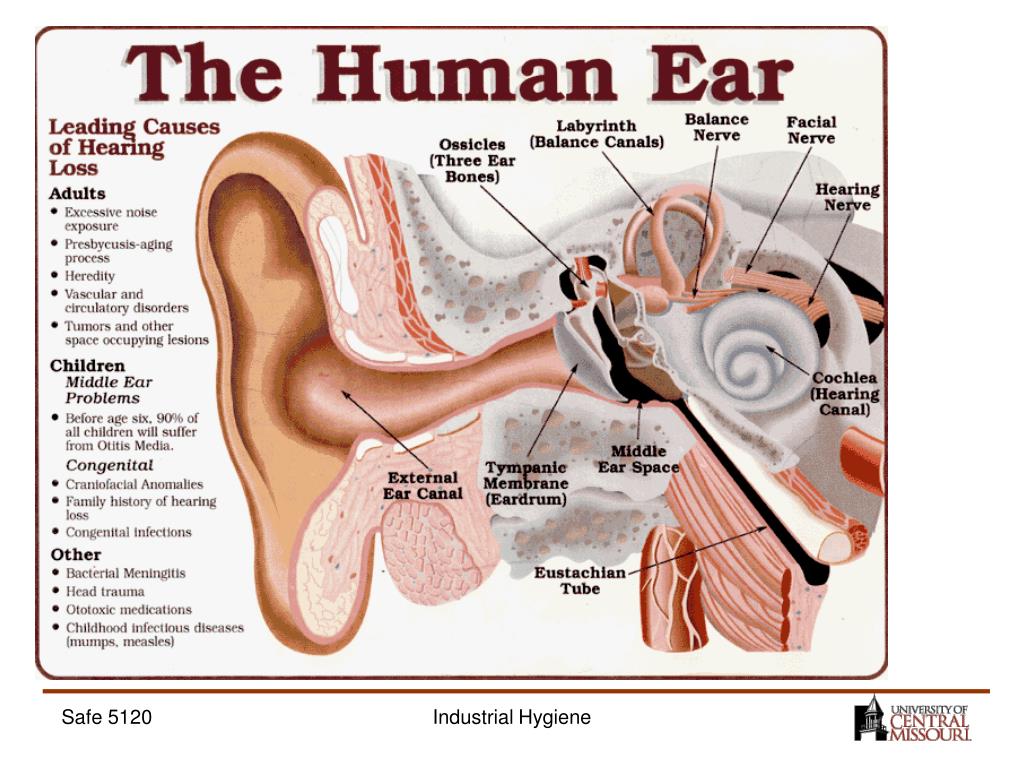 UCSF offers the full range of treatments for this condition, which includes monitoring with MRI, image-guided interventions, and surgery. UCSF helps more than 300 patients with brain aneurysms each year, and is actively involved in research into the causes, prevention, and treatment of these diseases.
UCSF offers the full range of treatments for this condition, which includes monitoring with MRI, image-guided interventions, and surgery. UCSF helps more than 300 patients with brain aneurysms each year, and is actively involved in research into the causes, prevention, and treatment of these diseases.
 Cerebral arteriopathy associated with Arg179His ACTA2 mutation. BMJ Case Rep. 2013; 2013. PMID: 24293535. (BMJ publisher chose to publish article in both J Neurointerv Surg and BMJ Case Rep)
Cerebral arteriopathy associated with Arg179His ACTA2 mutation. BMJ Case Rep. 2013; 2013. PMID: 24293535. (BMJ publisher chose to publish article in both J Neurointerv Surg and BMJ Case Rep) J Neurointerv Surg. 2014 Apr 30. PMID: 24789593.
J Neurointerv Surg. 2014 Apr 30. PMID: 24789593. Influence of patient age on angioarchitecture of brain arteriovenous malformations. AJNR Am J Neuroradiol. 2014 Jul; 35(7):1376-80. PMID: 24627452
Influence of patient age on angioarchitecture of brain arteriovenous malformations. AJNR Am J Neuroradiol. 2014 Jul; 35(7):1376-80. PMID: 24627452 J Neurosurg Pediatr. 2015 Mar; 15(3):282-90. PMID: 25555113.
J Neurosurg Pediatr. 2015 Mar; 15(3):282-90. PMID: 25555113. Spontaneous Retroclival Hematoma: A Case Series. J Neurosurgery (in press).
Spontaneous Retroclival Hematoma: A Case Series. J Neurosurgery (in press).